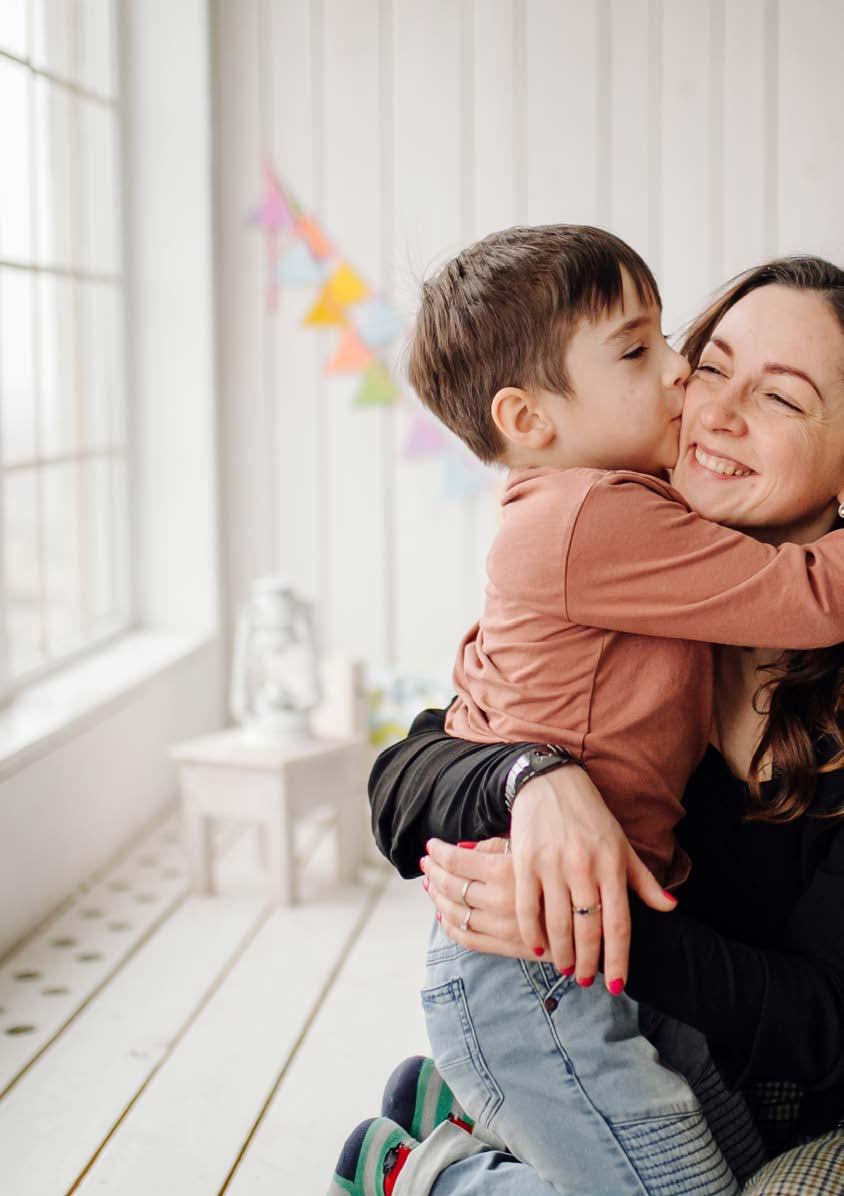
3 minute read
THE BRADY BUNCH WAS A TV SHOW IN REALITY, BLENDED FAMILIES ARE HARD WORK.
The Brady Bunch was a popular 1970’s sitcom that painted blended families in an angelic light!
The mother had three daughters who became the best of friends with the three sons from their new father. The Brady parents never argued or discussed issues from their previous marriages. They had a maid called Alice who looked after the domestic affairs of the household; a bit different from the picture of a modern blended family!
Advertisement
Interestingly, the actor who portrayed the Brady father was gay in real life and found playing a happy husband awkward.
For the rest of us, we may also find our new roles within blended families awkward too. After all, most blended families don’t ‘blend’ easily like this TV show would have us believe. They are hard work for everyone involved. As such, second marriages have a higher failure rate than first marriages. And is it any surprise that third marriages have an even subsequently higher rate of failure?
Remarriages or new partnerships are especially hard for the children. They may still be grieving for the family that they used to have and coming to terms with new arrangements. Having to live with a new ‘parent’ or ‘brothers and sisters’ can add another layer of confusion and heartache.
◊ Introductions to the new family are done thoughtfully, with sensitivity and regards to the feelings of all concerned – especially the children. ◊ Time is allowed before the new and old families live together as a blended family. ◊ The practicalities of the living arrangements are well thought out. ◊ Children from ‘family one’ do not have to share their rooms or possessions with new siblings from ‘family two’. ◊ All adults are clear and united about issues such as the rules of the blended family home. ◊ Children are treated equally between family one’ and ‘family two’. There will be riots if the children from each family are treated differently or perceive that this is the case. For example, “We agreed that we would spend $20 per child on
Christmas presents but you spent $25 on your kids!” Children will notice these discrepancies. ◊ The children from ‘family one’ should not be expected to babysit children from
‘family two’ if there are age differences. ◊ Children will expect quality time with their own parent and feel resentful of that time being allocated to their ‘new siblings’. ◊ It is highly unlikely that children will automatically love their new stepmother or stepfather. In fact, it would be unusual if they even like them. These positive relationships evolve with time.
Blended families have a better chance of succeeding if the following considerations are made:
Introductions to the new family are done thoughtfully, with sensitivity and regards to the feelings of all concerned – especially the children.
Time is allowed before the new and old families live together as a blended family.
The practicalities of the living arrangements are well thought out.
Children from ‘family one’ do not have to share their rooms or possessions with new siblings from ‘family two’.
All adults are clear and united about issues such as the rules of the blended family home.
Children are treated equally between family one’ and ‘family two’. There will be riots if the children from each family are treated differently or perceive that this is the case. For example, “We agreed that we would spend $20 per child on Christmas presents but you spent $25 on your kids!” Children will notice these discrepancies.
The children from ‘family one’ should not be expected to babysit children from ‘family two’ if there are age differences.
Children will expect quality time with their own parent and feel resentful of that time being allocated to their ‘new siblings’.
It is highly unlikely that children will automatically love their new stepmother or stepfather. In fact, it would be unusual if they even like them. These positive relationships evolve with time.








